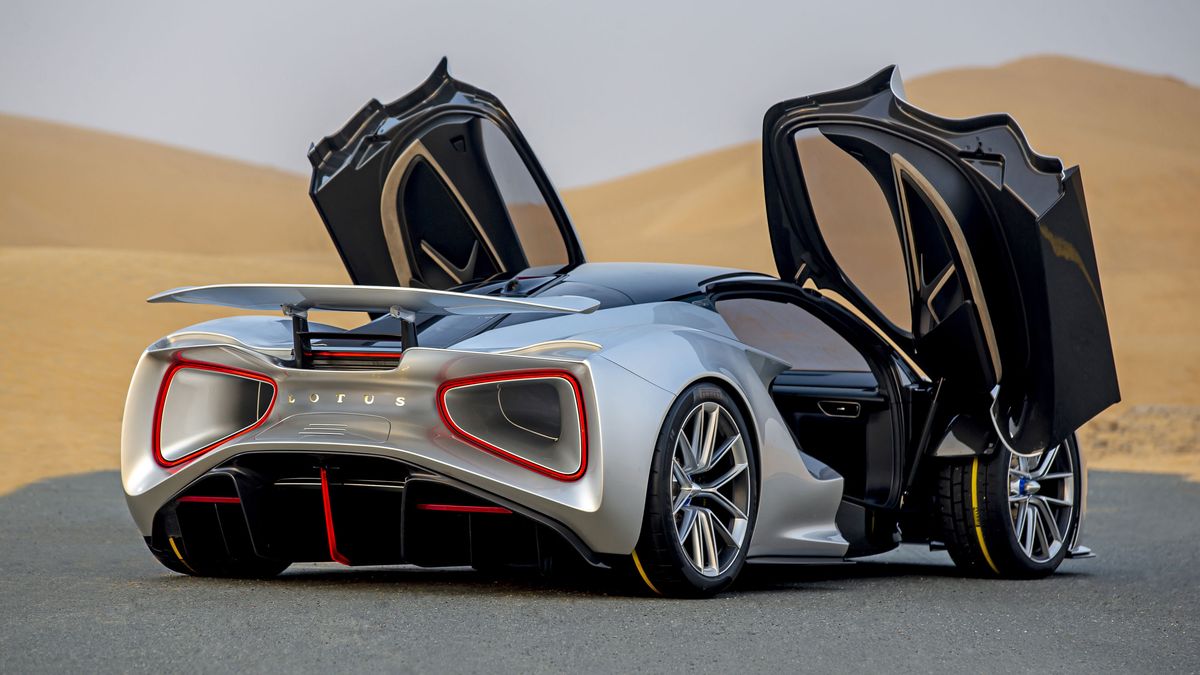Lotus has dropped several hints about its plans for future electrification, but a new report has revealed more details about its EV ambition.
Lotus is nearing delivery of its last internal combustion car, the Emira, and will be ramping up its electric car efforts in the coming years.
Previously, the only indication Lotus gave on its electrified future came in the form of the Evija hypercar, but that car’s price and 130-unit limited production run – which will commence soon – mean it’ll be unobtainable for most people.
The automaker’s full plans look to be much more accessible – at least for a small-batch sports car manufacturer. Lotus will build an electric SUV, a sedan, and a crossover, with a sports car coming in 2026.
The sports car, known as Type 135, will serve as the entry point to Lotus’ catalog and will be considered a replacement for the Elise.
Lotus will base its electric sports car on a new platform it calls E-Sports, which is said to be 37 percent lighter than the platform underpinning the new Emira.
To improve balance and weight, the platform integrates the batteries as a structural component, and gives engineers two potential locations for the car’s battery packs.
In sports models, where space is an issue, the batteries will be stacked behind the passenger compartment, almost like a mid-engine car.
This would an unusual position for electric car batteries, and will like through up some interesting challenges for Lotus to overcome.
Larger models, such as the planned electric SUV, will carry the battery packs beneath the floor – which is the more traditional location for electric vehicles.
The new architecture can also house either single or dual motor powertrains, which will translate to an impressive power output range of between 350kW to 650kW.
That would suggest there will be some serious performance available to drivers.
Analysis: the challenge for Lotus
The challenge with building an EV, especially for a sports car-only brand like Lotus, is weight and balance.
Batteries are heavy and completely change the way a vehicle handles and behaves on the road.
Lotus has thought of this and addressed it – at least partially – with its E-Sports platform, but “adding lightness” can be a daunting prospect when the building blocks of a vehicle are so heavy to begin with.
The good news is that Lotus’ parent company, Geely, also owns Volvo and Polestar, so there are plenty of opportunities for parts and information sharing between the brands.
For all the latest Technology News Click Here
For the latest news and updates, follow us on Google News.

